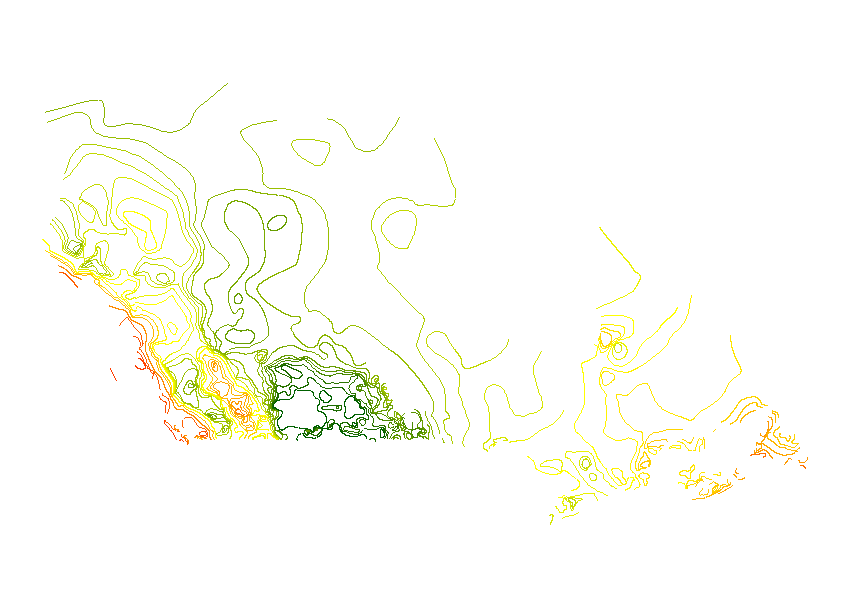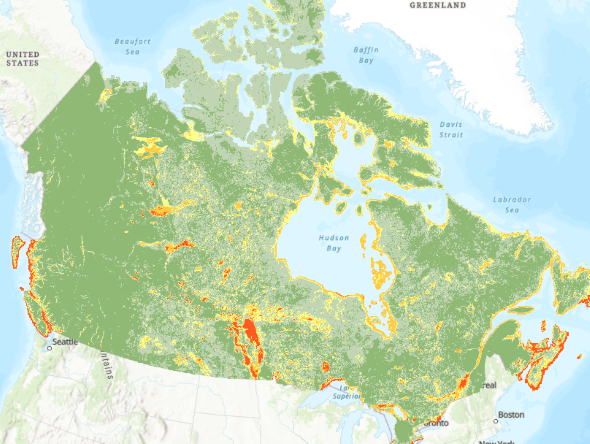Water management
Type of resources
Available actions
Topics
Keywords
Contact for the resource
Provided by
Formats
Representation types
Update frequencies
status
-

The “Annual Unit Runoff (dam3/km2) for a 50% Probability of Exceedence” dataset is a line data set that covers the extent of Canada. It shows the 50% Probability of exceedence annual unit runoff.
-

The “Annual Unit Runoff (dam3/km2) for a 70% Probability of Exceedence” dataset is a line data set that covers the extent of Canada. It shows the 70% Probability of exceedence annual unit runoff.
-

The “Annual Unit Runoff (dam3/km2) for a 25% Probability of Exceedence” dataset is a line data set that covers the extent of Canada. It shows the 25% Probability of exceedence annual unit runoff.
-

The “Annual Unit Runoff (dam3/km2) for a 80% Probability of Exceedence” dataset is a line data set that covers the extent of Canada. It shows the 80% Probability of exceedence annual unit runoff.
-

The “Annual Unit Runoff (dam3/km2) for a 10% Probability of Exceedence” dataset is a line data set that covers the extent of Canada. It shows the 10% Probability of exceedence annual unit runoff.
-

The “Stations used for Unit Runoff Analysis” dataset is a point data set for select hydrological stations that covers the extent of Canada.
-

The “Annual Unit Runoff (dam3/km2) for a 90% Probability of Exceedence” dataset is a line data set that covers the extent of Canada. It shows the 90% Probability of exceedence annual unit runoff.
-

The “Annual Unit Runoff (dam3/km2) for a 75% Probability of Exceedence” dataset is a line data set that covers the extent of Canada. It shows the 75% Probability of exceedence annual unit runoff.
-

The “AAFC Annual Unit Runoff in Canada" data series illustrates runoff trends across the country by isolines of annual unit runoff for a variety of probabilities of exceedence commonly used by decision makers Annual unit runoff is a measure of runoff volume per square kilometre. This series uses units of cubic decametres (1000 m3) per square kilometre (dam3/km2), which is equivalent to millimetres depth on the landscape. It includes a point data set for the hydrologic stations that were analyzed and seven sets of line work to show the adjusted isolines for 10%, 25%, 50%, 70%, 75%, 80%, and 90% probability of exceedence.
-

This national map of flood susceptibility or flood prone areas is based on patterns of historic flood events as predicted by an ensemble machine learning model. The recommended use is national, provincial or regional scale and can be used as a guide for identifying areas for further investigation. The Flood Susceptibility Index (FSI) Dataset, while processed and available at 30m cell size, is not recommended for use at the pixel or street level, given the uncertainty in the modelling process and the variability of results as discussed in https://www.mdpi.com/2673-4931/25/1/18 . For additional details on the methods, tests, models and datasets used to generate this data layer, please see https://geoscan.nrcan.gc.ca/starweb/geoscan/servlet.starweb?path=geoscan/fulle.web&search1=R=329493
 Arctic SDI catalogue
Arctic SDI catalogue